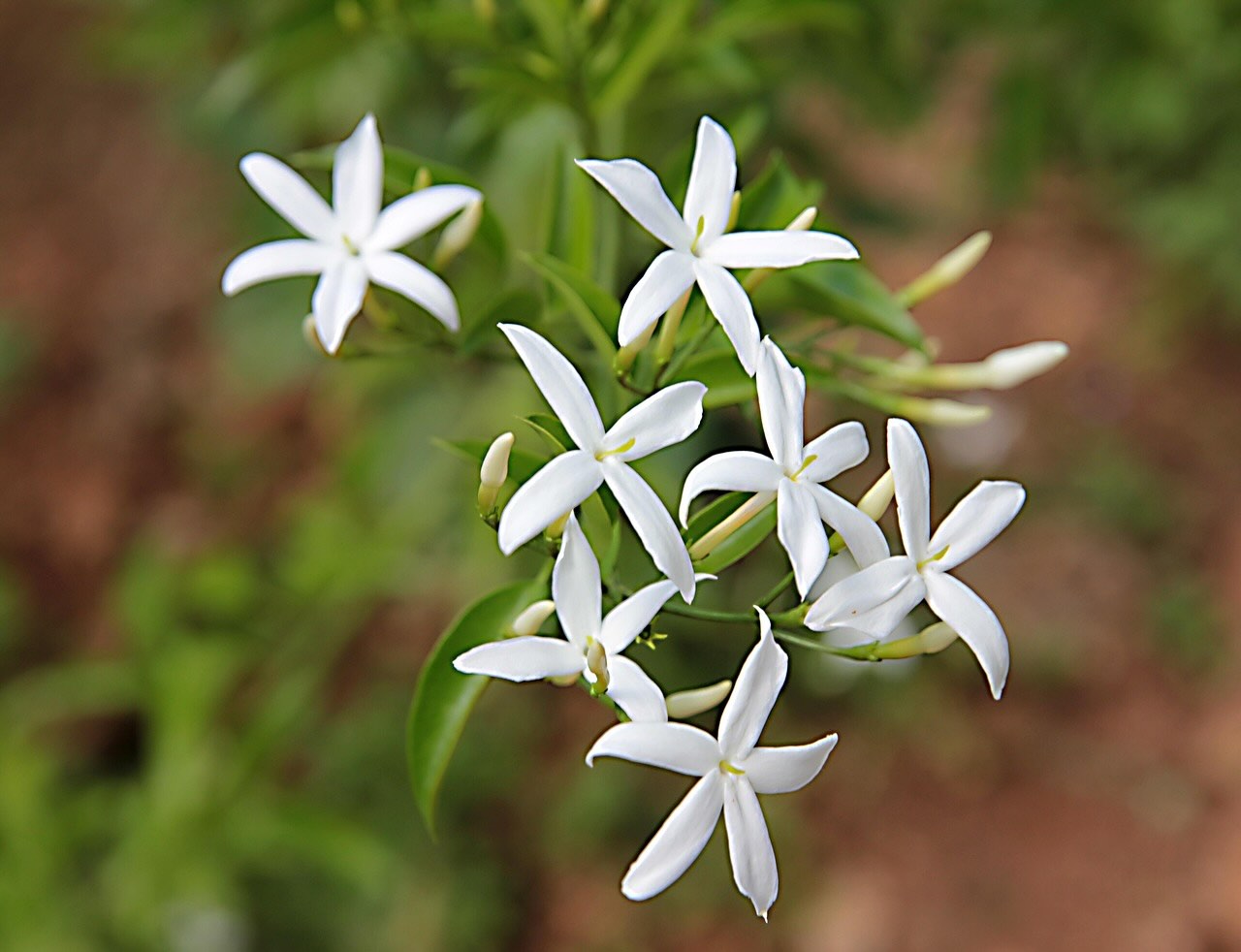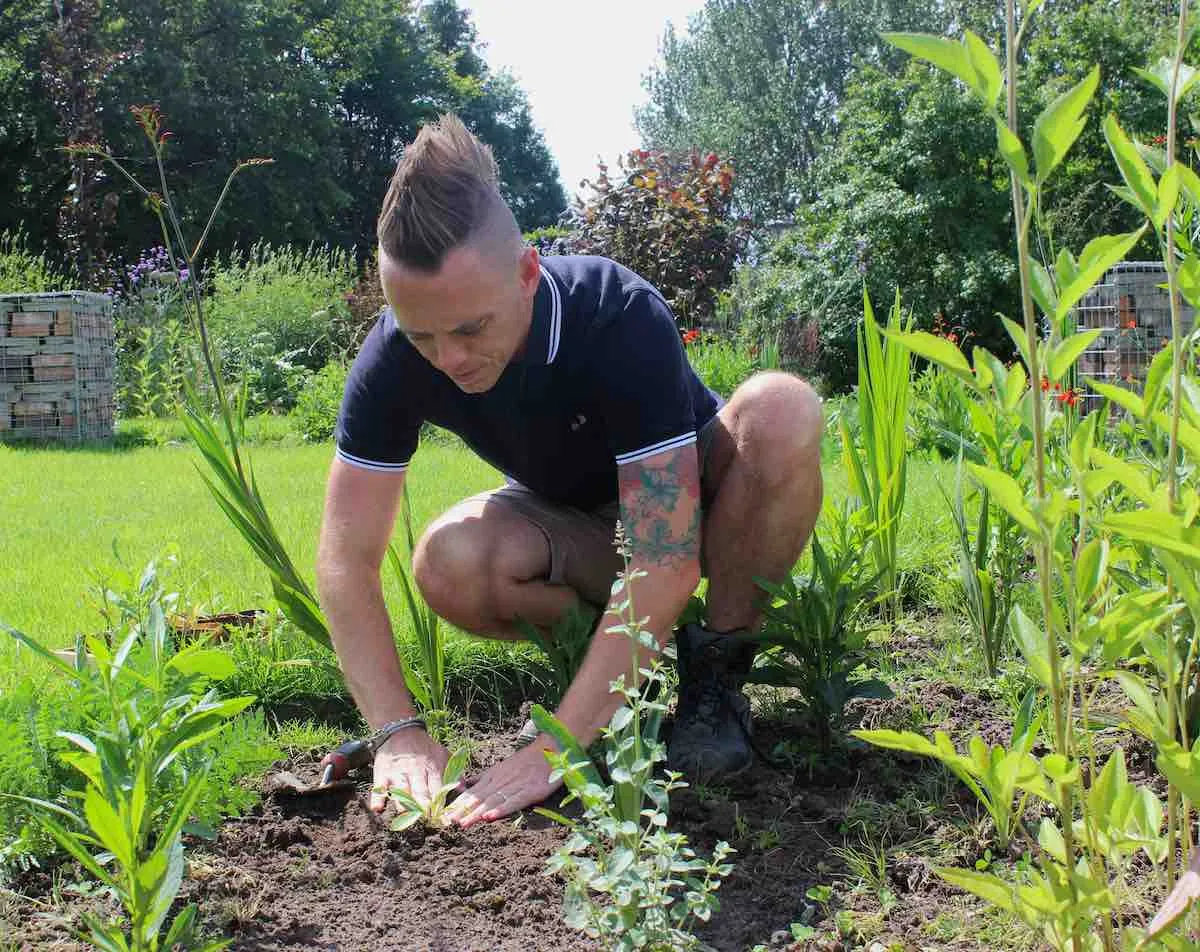Hi @sophiewilkinson123
Thanks for getting in touch with Garden Ninja. Gosh, that is a sad looking Jasmine. Your Jasmine is the common species known as Jasmine Officinale, not to be confused with Trachelospermum jasminoides (evergreen Jasmine). Don't panic there is a fix to this brutal pruning job, but lets just take a closer look at the plant first to help other Ninjas looking for summer climbers that are fast growing and smell delicious!

Jasmine Officinale - Common Jasmine Benefits
This climber fills summer nights with an intoxicating scent. This deciduous climber produces masses of small, starry white flowers, whose fragrance becomes even more intense as the evening sets in. Not only does it bring a tropical feel to your garden, but its nectar-rich blooms are a magnet for pollinators, earning it the RHS Perfect for Pollinators badge.
For those looking for evergreen interest, consider Trachelospermum Jasminoides, a similar scented climber that keeps its foliage year-round.
As long as they're not planted in cold or shady exposed spots, they will rocket up in a matter of years. They do drop their leaves in the winter and are prone to winter frost burn, which I think is what's happened to yours, especially with a late prune.
Growth & Size of Jasmine
Common Jasmine is a vigorous climber, reaching heights of 4 to 8 metres and spreading 1.5 to 2.5 metres. Given the right support, it will quickly cover pergolas, trellises, and walls, making it ideal for creating a lush, scented screen in any garden.
Hardiness & Resilience
Jasmine has been grown in the UK for centuries, adapting perfectly to our climate. It’s fully hardy, meaning it will withstand even severe winters with ease. On top of that, it’s generally pest and disease-free, making it a low-maintenance choice for gardeners who want maximum impact with minimal fuss.
Fixing a brown and weak Jasmine
Fixing your brown and crispy Jasmin just requires a bit of patience and a good slow release feed such as a peat free compost mulch or weak liquid feed. They don't need much feed, but if yours has been damaged due to a prune being too severe, a light feed will work wonders in rejuvenating it!
https://youtu.be/5BhGtCjT2TQ
How to Use Jasminum Officinale in Your Garden
As a twining climber, Jasmine needs a structure to climb, so it’s best suited to being trained against trellises, pergolas, fences, or unsightly walls. It can also be left to scramble over shrubs or used as ground cover, making it a truly versatile plant.
For maximum impact, position Jasmine near seating areas, pathways, or doorways where its fragrance can be fully appreciated on warm summer nights.
Caring for Jasminum Officinale
Jasmine is easy to grow but thrives best in well-drained soil and a sheltered, sunny position. While it can tolerate partial shade, it flowers most profusely in full sun.
Pruning & Maintenance
- Jasmine flowers throughout summer, and pruning should be done after the last flush of blooms.
- Cutting it back at this time encourages a second flowering in late summer or early autumn.
- Regular pruning also keeps it tidy and under control, preventing it from becoming too unruly.
- Avoid hard pruning in autumn or in winter as this causes brown and patchy growth. Which is what I believe you're seeing.
With its heavenly fragrance, pollinator-friendly blooms, and vigorous growth, Jasminum Officinale is a brilliant addition to any garden. Whether you're covering a fence, adding height to a border, or simply looking for a plant that will perfume the air all summer long, this classic climber won't disappoint.
Do let us know how you get on this year Sophie!
All the best
Lee Garden Ninja
Hi @sophiewilkinson123
Thanks for getting in touch with Garden Ninja. Gosh, that is a sad looking Jasmine. Your Jasmine is the common species known as Jasmine Officinale, not to be confused with Trachelospermum jasminoides (evergreen Jasmine). Don't panic there is a fix to this brutal pruning job, but lets just take a closer look at the plant first to help other Ninjas looking for summer climbers that are fast growing and smell delicious!

Jasmine Officinale - Common Jasmine Benefits
This climber fills summer nights with an intoxicating scent. This deciduous climber produces masses of small, starry white flowers, whose fragrance becomes even more intense as the evening sets in. Not only does it bring a tropical feel to your garden, but its nectar-rich blooms are a magnet for pollinators, earning it the RHS Perfect for Pollinators badge.
For those looking for evergreen interest, consider Trachelospermum Jasminoides, a similar scented climber that keeps its foliage year-round.
As long as they're not planted in cold or shady exposed spots, they will rocket up in a matter of years. They do drop their leaves in the winter and are prone to winter frost burn, which I think is what's happened to yours, especially with a late prune.
Growth & Size of Jasmine
Common Jasmine is a vigorous climber, reaching heights of 4 to 8 metres and spreading 1.5 to 2.5 metres. Given the right support, it will quickly cover pergolas, trellises, and walls, making it ideal for creating a lush, scented screen in any garden.
Hardiness & Resilience
Jasmine has been grown in the UK for centuries, adapting perfectly to our climate. It’s fully hardy, meaning it will withstand even severe winters with ease. On top of that, it’s generally pest and disease-free, making it a low-maintenance choice for gardeners who want maximum impact with minimal fuss.
Fixing a brown and weak Jasmine
Fixing your brown and crispy Jasmin just requires a bit of patience and a good slow release feed such as a peat free compost mulch or weak liquid feed. They don't need much feed, but if yours has been damaged due to a prune being too severe, a light feed will work wonders in rejuvenating it!
How to Use Jasminum Officinale in Your Garden
As a twining climber, Jasmine needs a structure to climb, so it’s best suited to being trained against trellises, pergolas, fences, or unsightly walls. It can also be left to scramble over shrubs or used as ground cover, making it a truly versatile plant.
For maximum impact, position Jasmine near seating areas, pathways, or doorways where its fragrance can be fully appreciated on warm summer nights.
Caring for Jasminum Officinale
Jasmine is easy to grow but thrives best in well-drained soil and a sheltered, sunny position. While it can tolerate partial shade, it flowers most profusely in full sun.
Pruning & Maintenance
- Jasmine flowers throughout summer, and pruning should be done after the last flush of blooms.
- Cutting it back at this time encourages a second flowering in late summer or early autumn.
- Regular pruning also keeps it tidy and under control, preventing it from becoming too unruly.
- Avoid hard pruning in autumn or in winter as this causes brown and patchy growth. Which is what I believe you're seeing.
With its heavenly fragrance, pollinator-friendly blooms, and vigorous growth, Jasminum Officinale is a brilliant addition to any garden. Whether you're covering a fence, adding height to a border, or simply looking for a plant that will perfume the air all summer long, this classic climber won't disappoint.
Do let us know how you get on this year Sophie!
All the best
Lee Garden Ninja
 Lee Burkhill: Award Winning Designer & BBC 1's Garden Rescue Presenters Official Blog
Lee Burkhill: Award Winning Designer & BBC 1's Garden Rescue Presenters Official Blog



